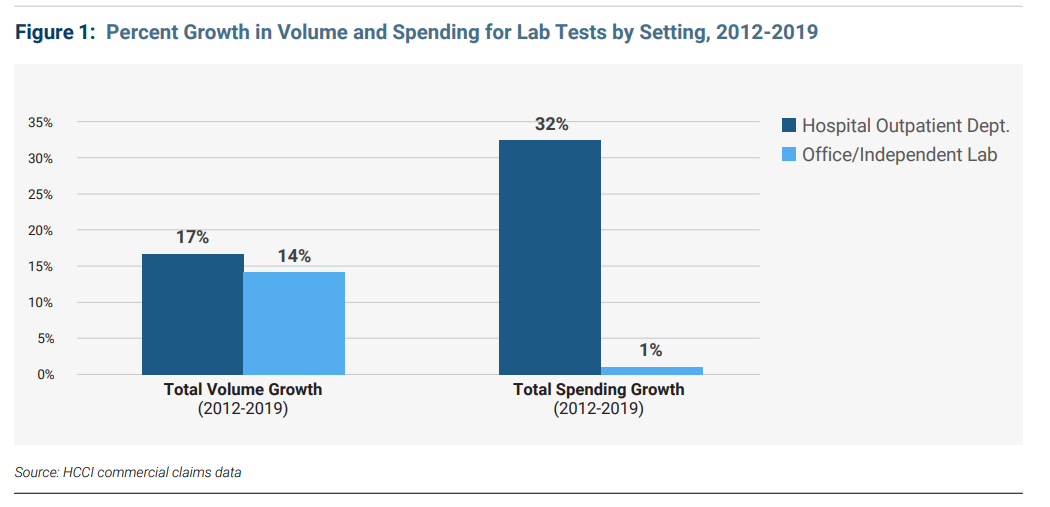Prices
-
International Comparisons of Health Care Prices from the 2024 iFHP Study
Tags: Drug Spending, HCCUR, Inpatient Spending, Out-of-Pocket, Outpatient Spending, Physician Spending, Prices, Utilization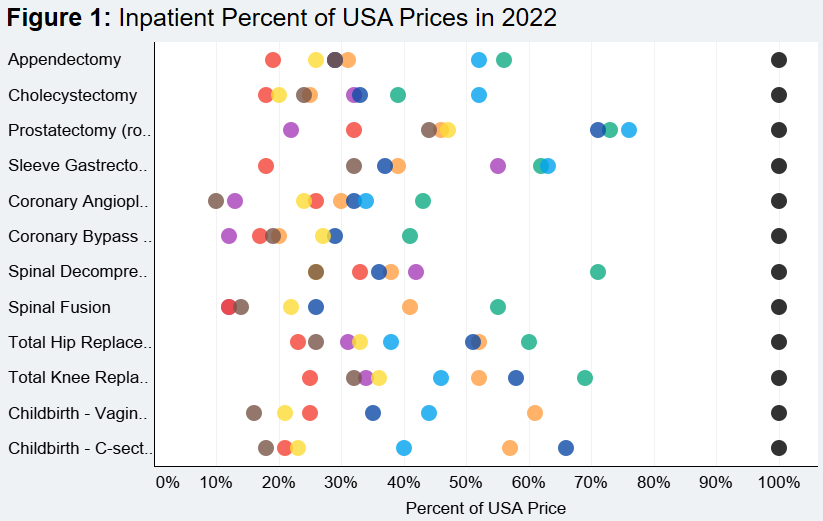 Read more: International Comparisons of Health Care Prices from the 2024 iFHP Study
Read more: International Comparisons of Health Care Prices from the 2024 iFHP StudyThe International Federation of Health Plans (iFHP) has published its 2024 International Healthcare Cost Comparison Report, marking its latest biennial analysis of global healthcare costs. Compiled in collaboration with the Health Care Cost Institute (HCCI), the report compares costs for inpatient and outpatient treatments, as well as prescription drugs, across nine countries using data from…
-
Insulin Prices in ESI Nearly Doubled from 2012-2021, with Effects of Emerging Biosimilars Evident in Recent Years
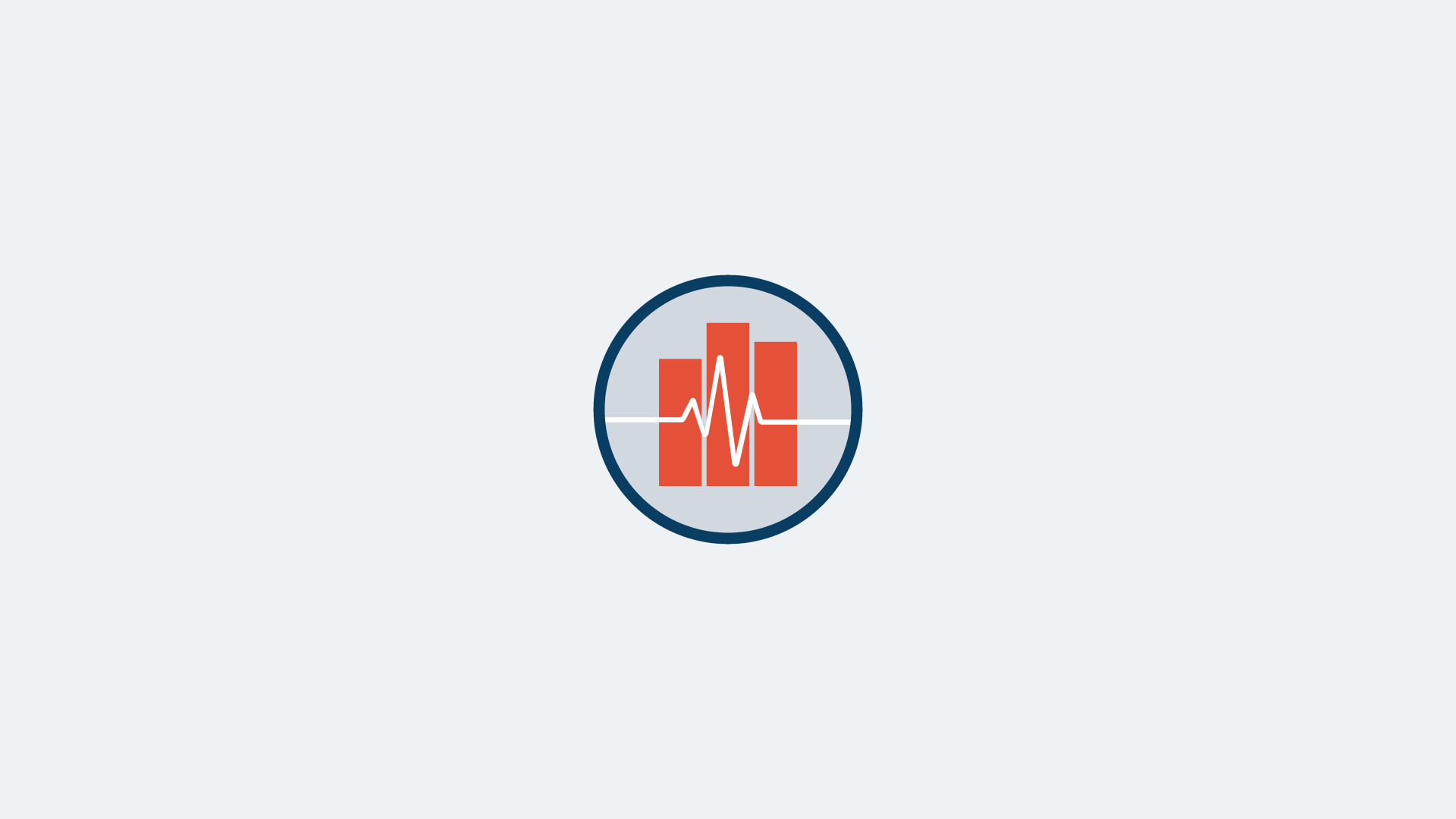 Read more: Insulin Prices in ESI Nearly Doubled from 2012-2021, with Effects of Emerging Biosimilars Evident in Recent Years
Read more: Insulin Prices in ESI Nearly Doubled from 2012-2021, with Effects of Emerging Biosimilars Evident in Recent YearsInsulin is a life-saving medication for millions of Americans who live with diabetes. As the price of insulin has risen, people who depend on insulin have had to make difficult decisions about whether to pay for their medication or other necessities. Some have been forced to ration their supply, with devastating results. Recent legislation has limited insulin out-of-pocket costs at…
-
Rising Share of Chemotherapy Services Provided in Outpatient Departments is Associated with Higher Costs for Patients and Payers
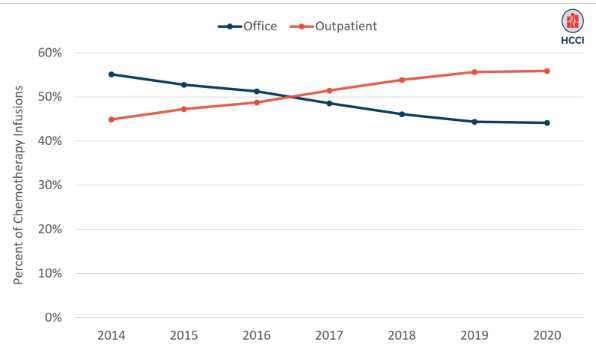 Read more: Rising Share of Chemotherapy Services Provided in Outpatient Departments is Associated with Higher Costs for Patients and Payers
Read more: Rising Share of Chemotherapy Services Provided in Outpatient Departments is Associated with Higher Costs for Patients and PayersEvery year, 1 million people in the U.S. receive chemotherapy for cancer treatment. Most chemotherapy treatment requires patients to be present in a physician’s office or hospital outpatient department to receive the treatment (typically an infusion or injection). Chemotherapy plays a critical role in treatment for many patients with cancer, but it also often leads…
-
Trends in HIV PrEP utilization, spending, and price
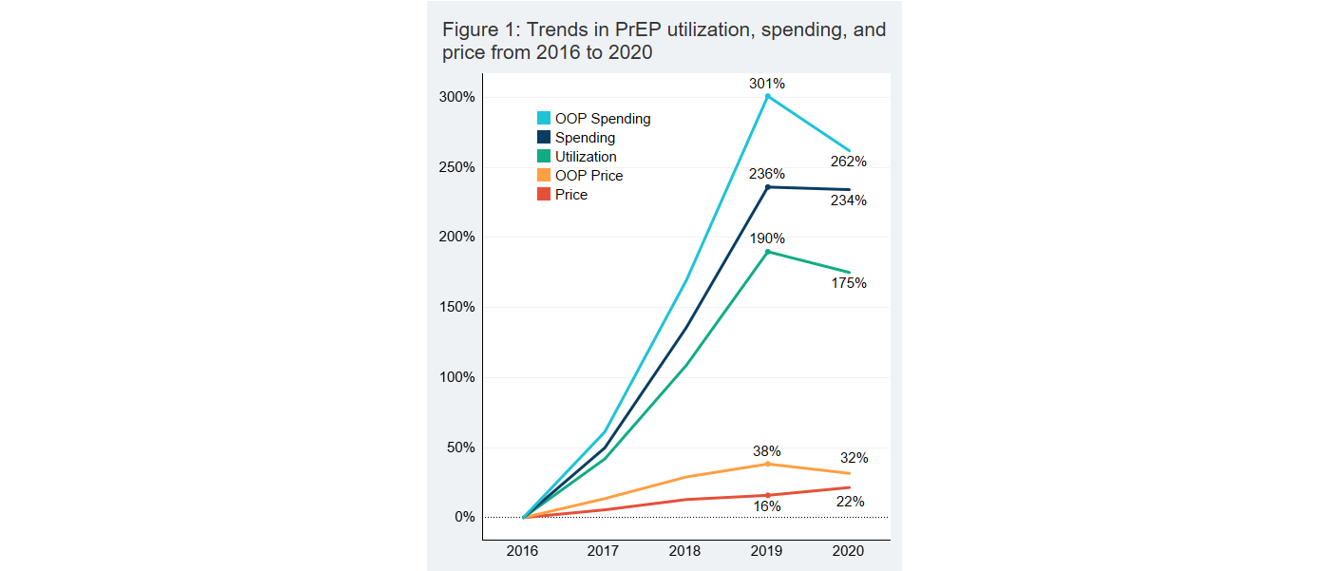 Read more: Trends in HIV PrEP utilization, spending, and price
Read more: Trends in HIV PrEP utilization, spending, and pricePre-exposure prophylaxis (PrEP) for HIV are medications that reduce an individual’s chances of contracting HIV. The CDC estimates that 1.2 million people are at risk of HIV infection and may benefit from a PrEP prescription. We analyzed health insurance claims for 55 million Americans with employer-sponsored insurance in order to examine utilization and spending on…
-
Biosimilar Savings among People with Employer-Sponsored Insurance Not Keeping Pace with Savings in Medicare
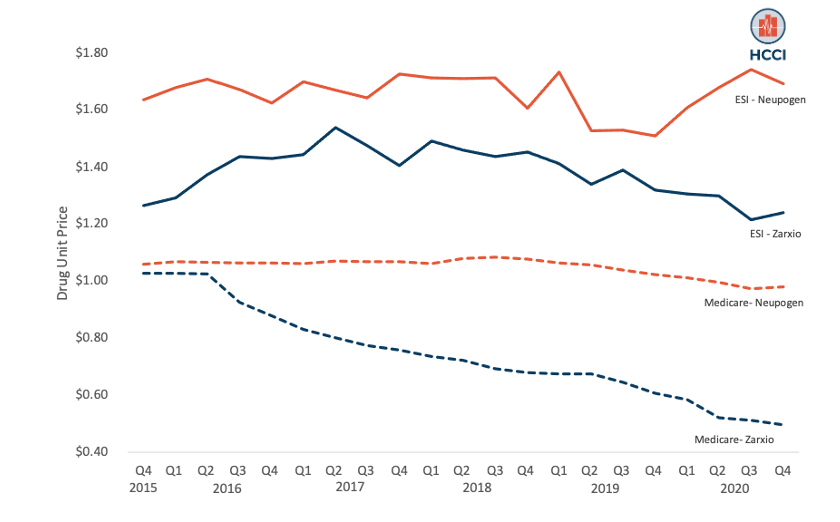 Read more: Biosimilar Savings among People with Employer-Sponsored Insurance Not Keeping Pace with Savings in Medicare
Read more: Biosimilar Savings among People with Employer-Sponsored Insurance Not Keeping Pace with Savings in MedicareBiologic drugs include a range of life-saving medications to treat cancer, diabetes, rheumatoid arthritis, retinal diseases, and many other conditions. Unlike “small molecule” drugs (e.g., statins), which can generally be taken at home, biologics are typically infusions or injections which require administration by a physician or other clinician in a hospital or physician’s office. While just…
-
Children’s Health Services 2020 Report
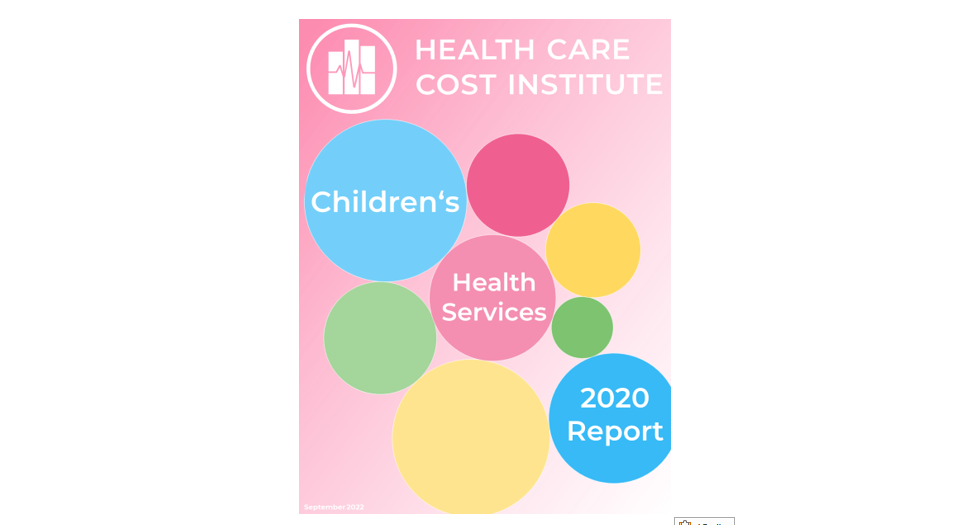 Read more: Children’s Health Services 2020 Report
Read more: Children’s Health Services 2020 ReportThe population with employer-sponsored health insurance (ESI) includes individuals who receive health insurance coverage from an employer, including employees and their dependents, such as spouses and eligible children. Half of the children in the U.S. are covered by ESI, making this form of coverage the largest source of insurance for American children. In this report,…
-
Price Markups for Clinical Labs: Employer‑based Insurance Pays Hospital Outpatient Departments 3X More Than Physician Offices and Independent Labs for Identical Tests
Read more: Price Markups for Clinical Labs: Employer‑based Insurance Pays Hospital Outpatient Departments 3X More Than Physician Offices and Independent Labs for Identical TestsThe Health Care Cost Institute (HCCI) in collaboration with West Health conducted an analysis of the high prices that employer-based insurance pays hospital outpatient departments for clinical lab tests. We found that insurers are paying 3 times more for identical tests (such as simple blood and urine tests) when billed by hospital outpatient departments compared to…
-
International comparisons of health care prices from the 2019 iFHP study
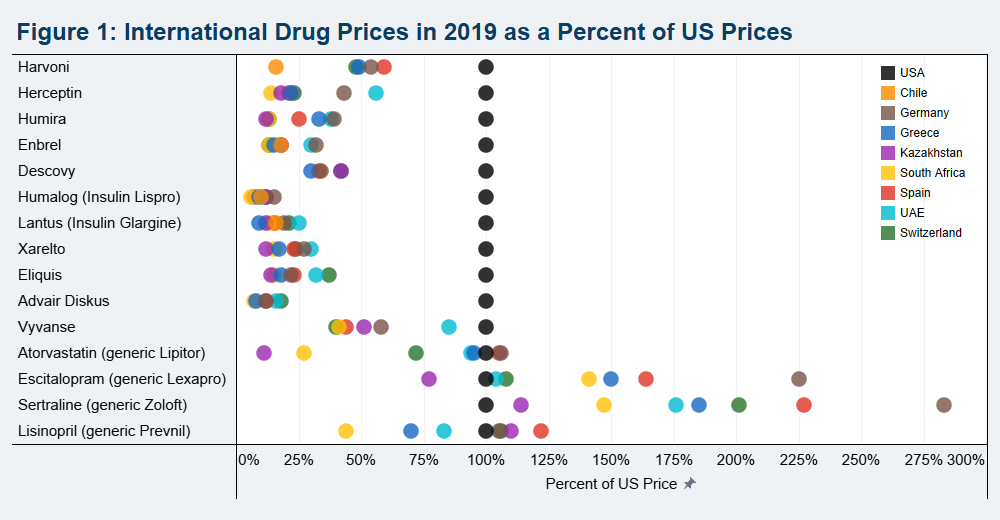 Read more: International comparisons of health care prices from the 2019 iFHP study
Read more: International comparisons of health care prices from the 2019 iFHP studyThe International Federation of Health Plans (iFHP), an executive network of the global health insurance industry based in London, in partnership with the Health Care Cost Institute (HCCI) in the United States, and iFHP member companies in multiple countries, today published the latest International Health Cost Comparison Report. The report compares the median prices paid…
-
One-Third of Births Occurred by C-Section in ESI and Medicaid in 2020
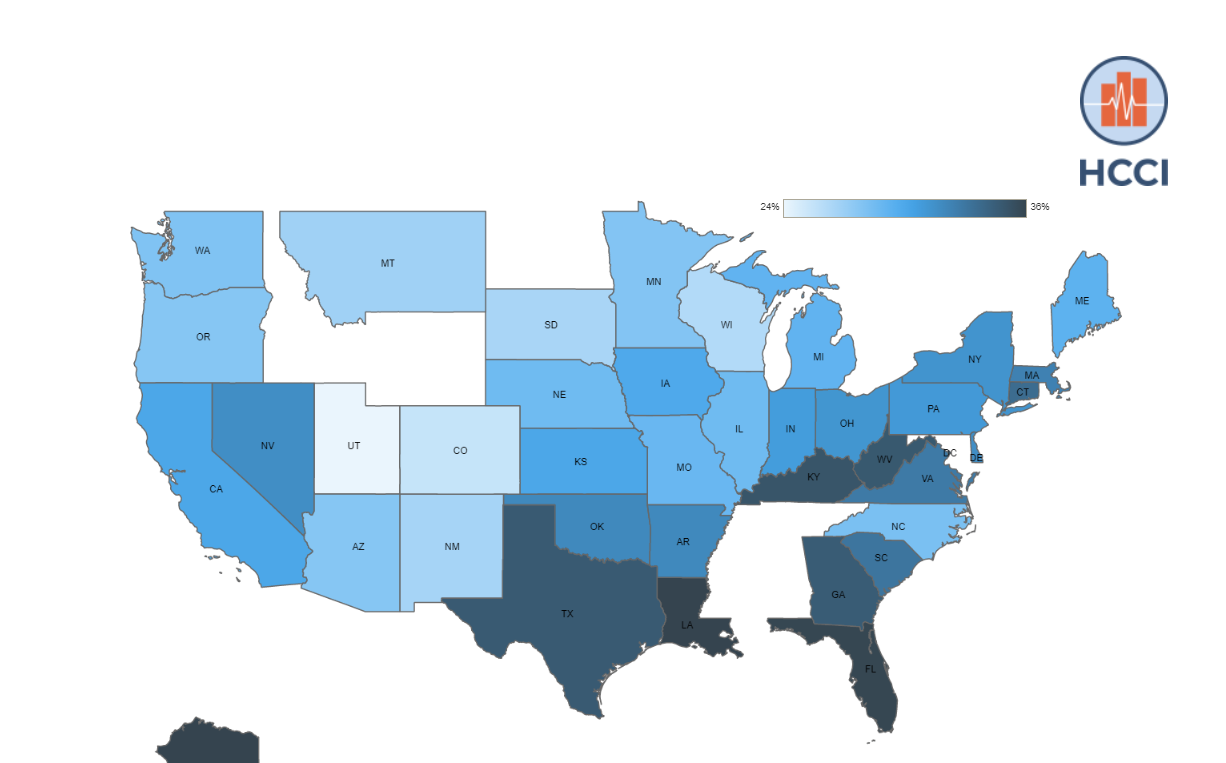 Read more: One-Third of Births Occurred by C-Section in ESI and Medicaid in 2020
Read more: One-Third of Births Occurred by C-Section in ESI and Medicaid in 2020Caesarean sections (c-sections) are often life-saving procedures that can prevent injury and death among birthing people and newborns. At the same time, when they are not medically necessary, c-sections may have higher risks to babies and birthing people than vaginal births. Monitoring rates of c-sections among birthing people is an important component of efforts to improve…

